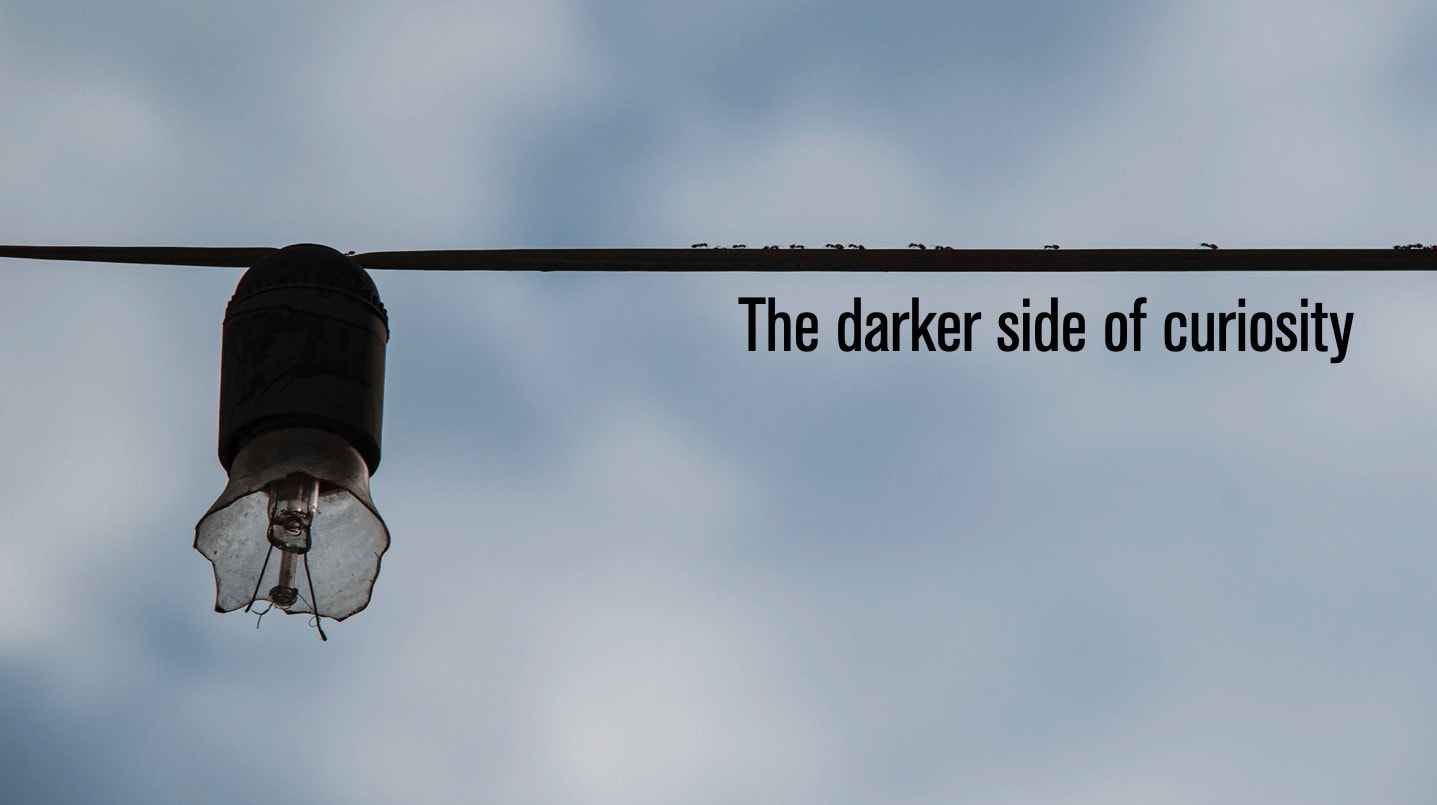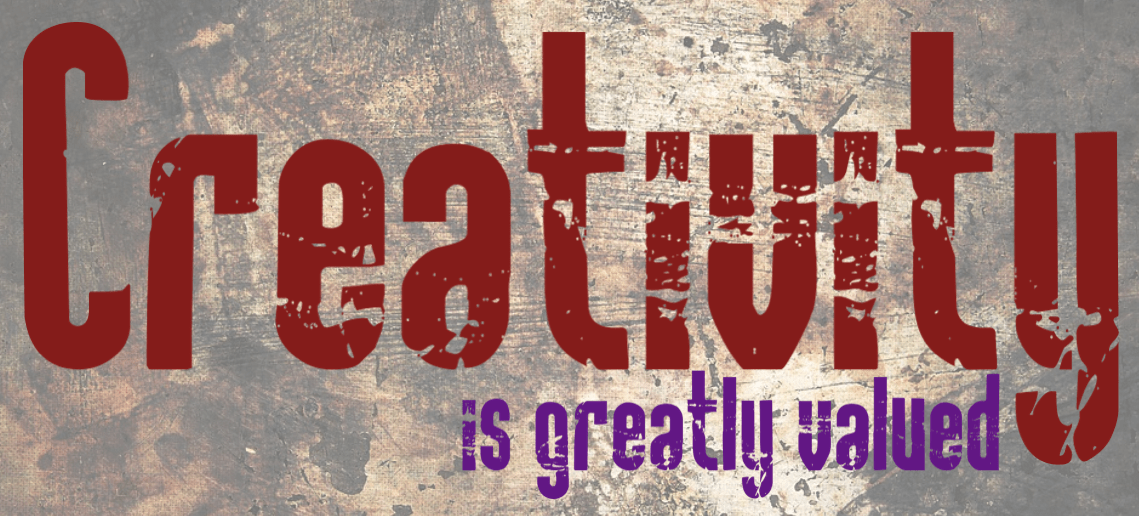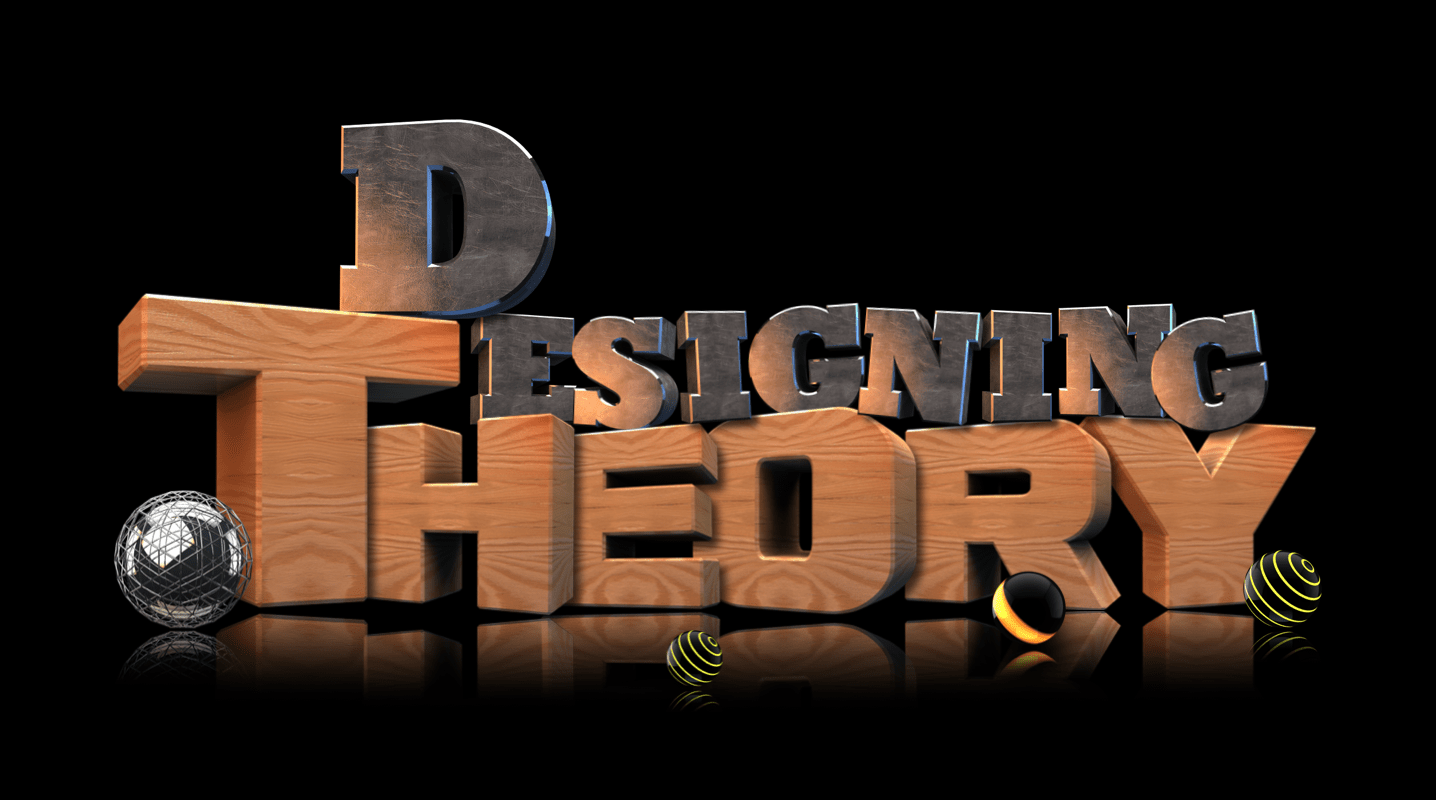Shelly Blake-Plock over at TeachPaperLess has a great post about homework and how it can be structured to act as a “cliffhanger.” As he says:
These days, the homework I give isn’t based on some arbitrary idea of how much work a kid should do ‘at home’ to reinforce something we did in class, but rather it’s a matter of asking the students to do something necessary to prepare themselves for the next class. Homework becomes an act of preparation — and hopefully sparks some anticipation not for seeing what you ‘got right or wrong’, not for seeing if you can jump through that next hoop, but anticipationfor taking part in the next day’s discussion, activities, and learning.
I want homework to be a cliffhanger. I want it to be the device at the end of the chapter of every thriller that won’t let you put the book down until you’ve read the whole thing.
What a cool idea. This makes homework which is often quite predictable into something postdictable (See my previous posts here, here and here). The idea of postdictable is “something that is surprising initially, but then understandable with a bit of thought. I quoted Daniel T. Willingham who said:
… interest is engendered by an appraisal process: that is, a process by which we evaluate the potential interest of something before we delve into it. If we perceive an event to be novel and complex, but also comprehensible, we find it intriguing and worthy of continued thought. Tasks that lack complexity seem too easy. Tasks that lack comprehensibility seem too hard.
It seems to me that this perception of homework by TeachPaperLess is exactly that. It lies at the sweet spot between order and chaos, understandability and incomprehension. Homework then becomes a way to get students to confront new ideas, to prepare the mind to engage with learning. It is forward-looking in the best sense of the word. Again surf over to his site and read the whole article: Homework, from Chills to Thrills.




0 Comments